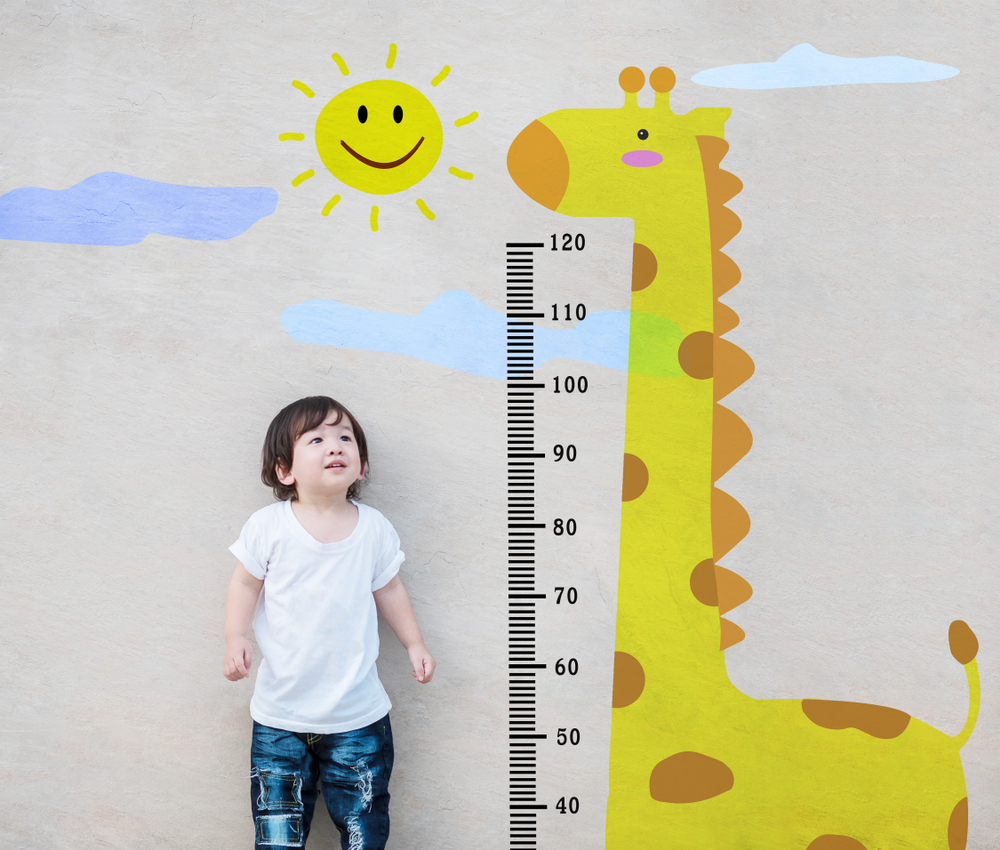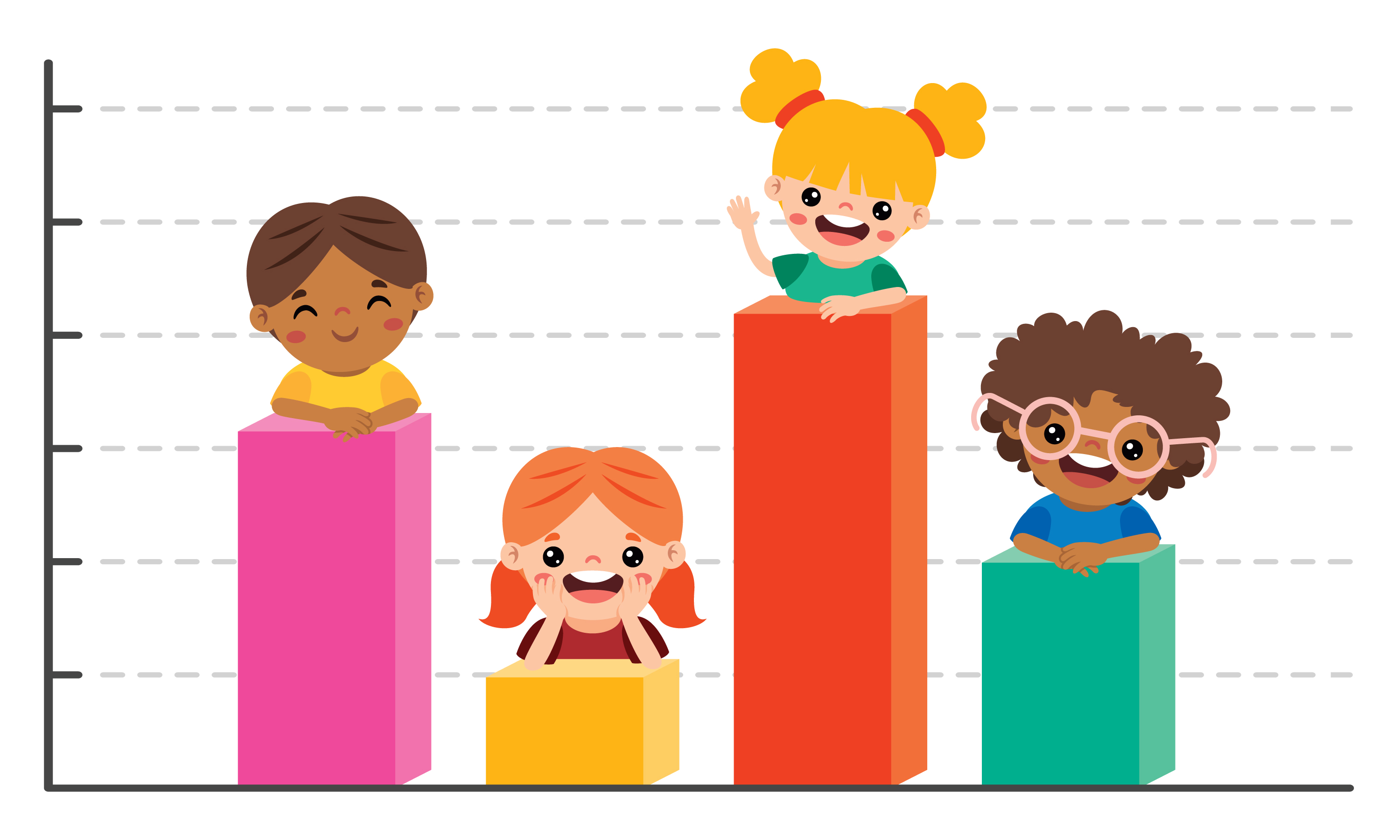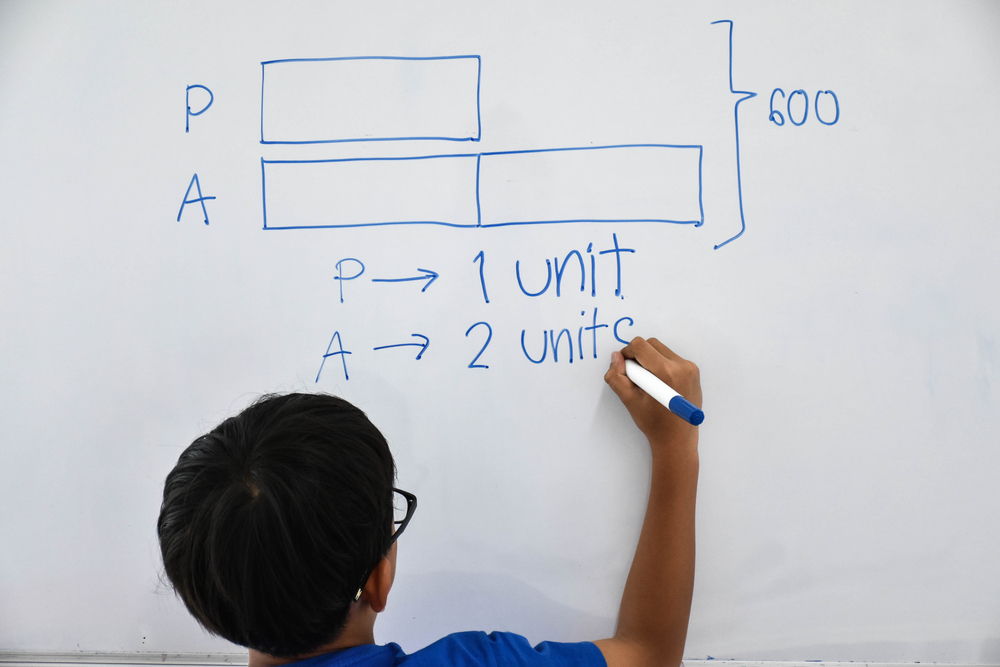Analyzing data Graphs Worksheets for Ages 7-9
5 filtered results
-
From - To
Welcome to our "Analyzing Data Graphs Worksheets" for ages 7-9! This collection of engaging and interactive worksheets helps young learners develop essential skills in interpreting and analyzing data presented in various graph formats. Our thoughtfully designed activities encourage critical thinking as students explore bar graphs, pictographs, and pie charts. Perfect for classroom or home use, these worksheets provide a hands-on approach to learning mathematical concepts, fostering an understanding of data visualization and analysis. Empower your child to become confident in their data interpretation skills with our fun and educational resources, tailored specifically for their developmental needs. Dive in and start exploring today!
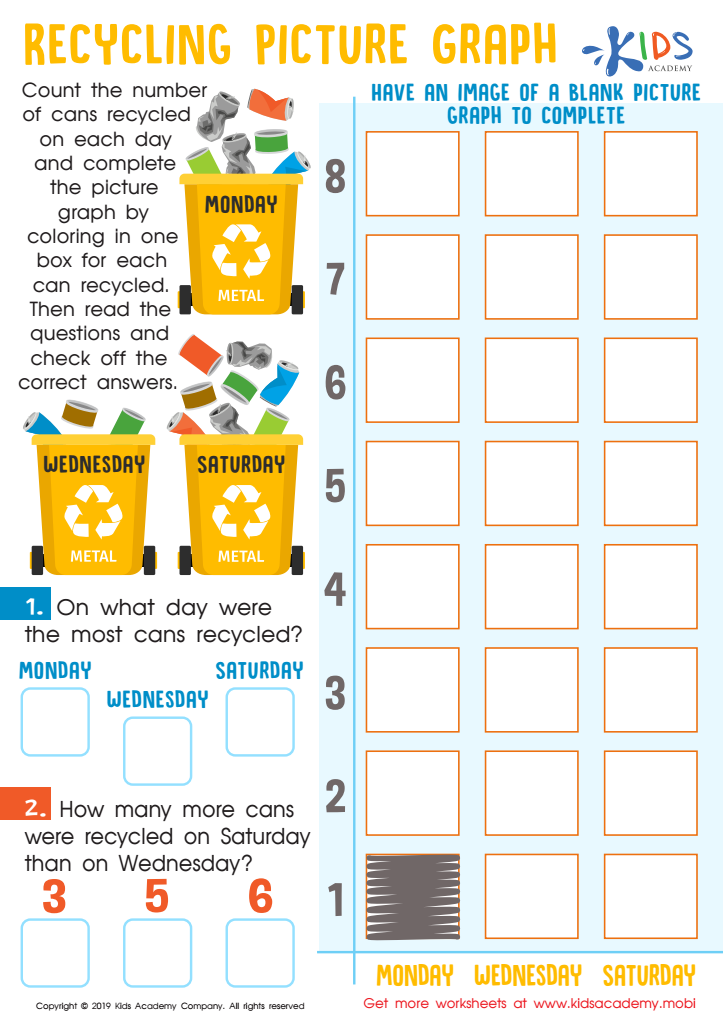

Recycling Picture Graph Worksheet
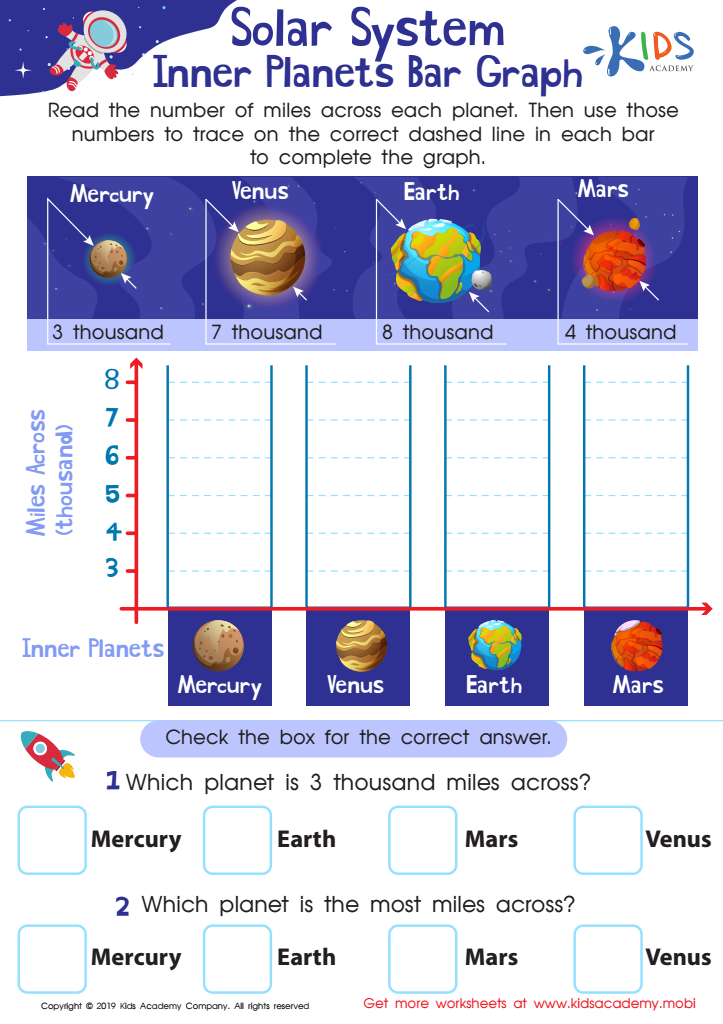

Planets Bar Graph Worksheet
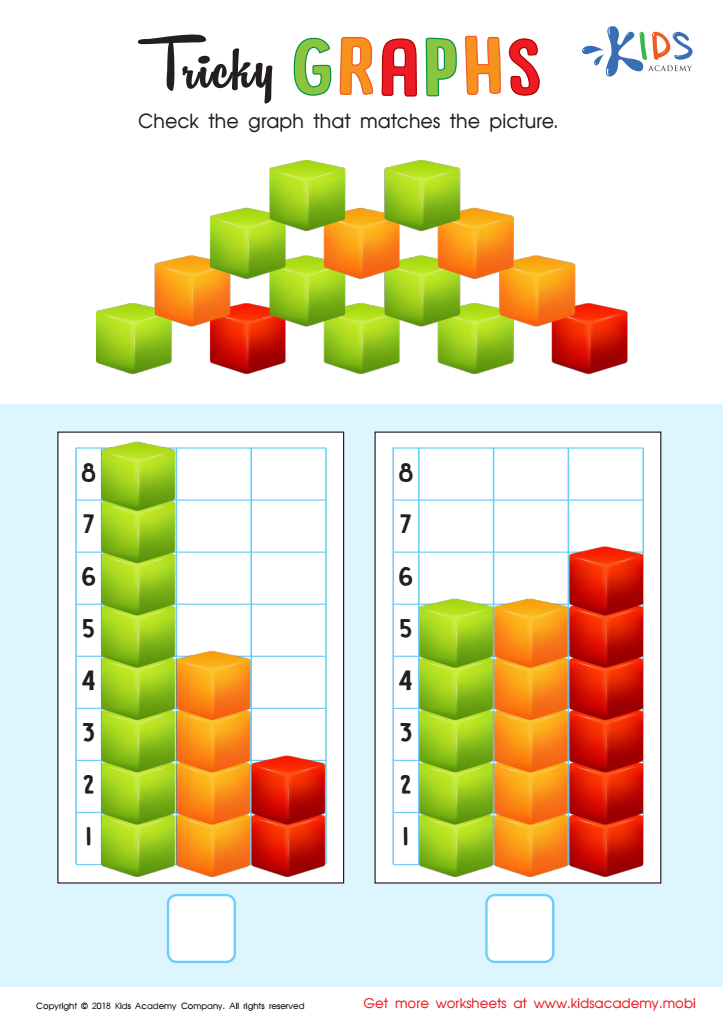

Tricky Graphs Worksheet
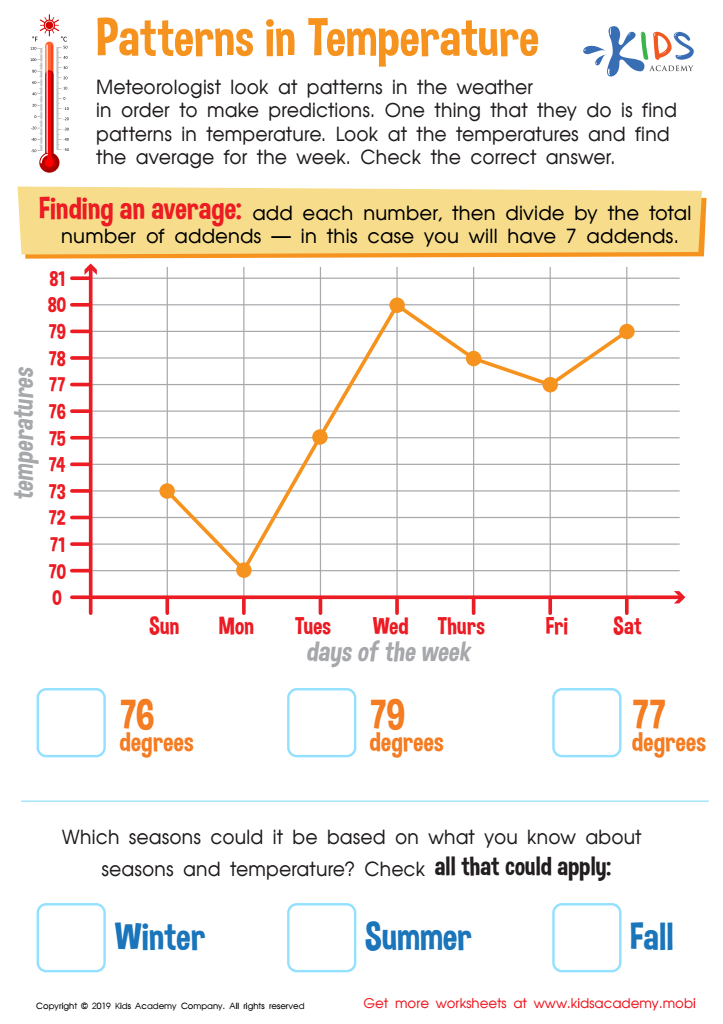

Patterns in Temperature Worksheet
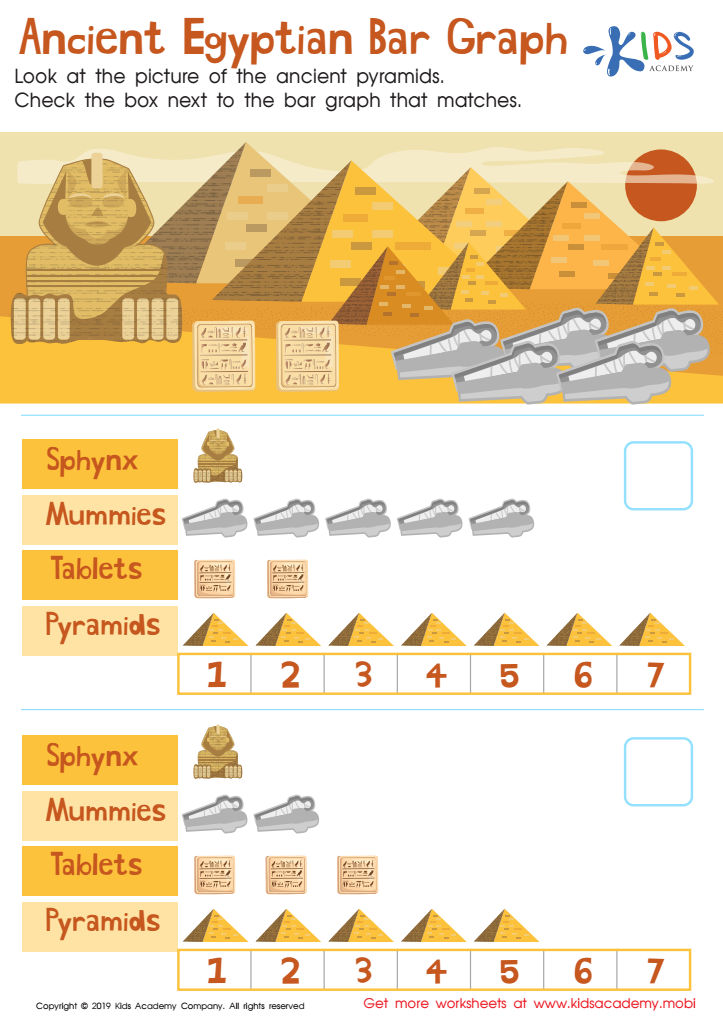

Egyptian Bar Graph Worksheet
Analyzing data graphs is a crucial skill for children aged 7-9 as it lays the foundation for critical thinking and informed decision-making. At this stage, children begin to engage with information visually, and understanding graphs helps them interpret data in real-world contexts. By learning to analyze graphs, students develop the ability to draw conclusions from data, recognize trends, and identify patterns, which fosters analytical prowess that extends to various subjects, from math to science.
Parents and teachers should emphasize this skill, as it prepares students for future academic challenges and helps them make sense of the world around them. For instance, when children understand how to read a bar graph showing weather patterns, they can better contextualize their experiences and make informed choices, like dressing appropriately for the day. Furthermore, this understanding encourages curiosity and engagement with subjects like statistics and technology, which are becoming increasingly important in our data-driven society.
Additionally, analyzing graphs cultivates collaborative skills, as students often discuss their interpretations with peers. It not only enhances their cognitive development but also empowers them to think independently and advocate for themselves in learning contexts. Ultimately, equipping children with data literacy equips them with essential skills for successful futures.
 Assign to My Students
Assign to My Students




